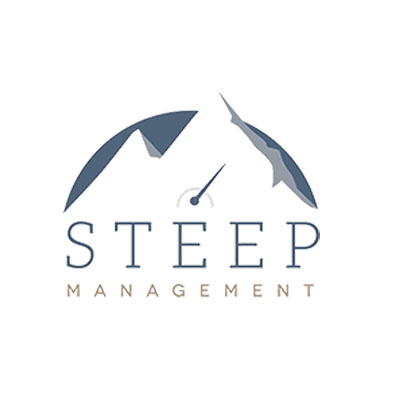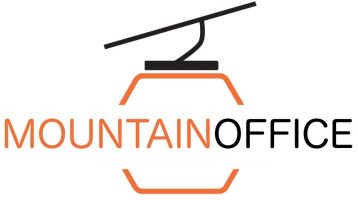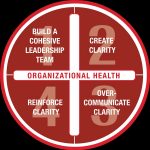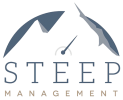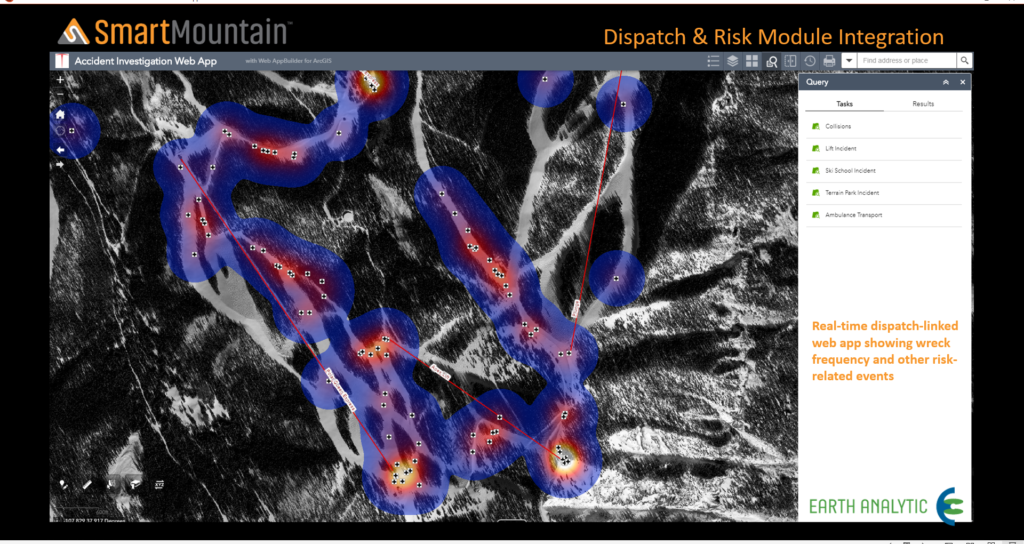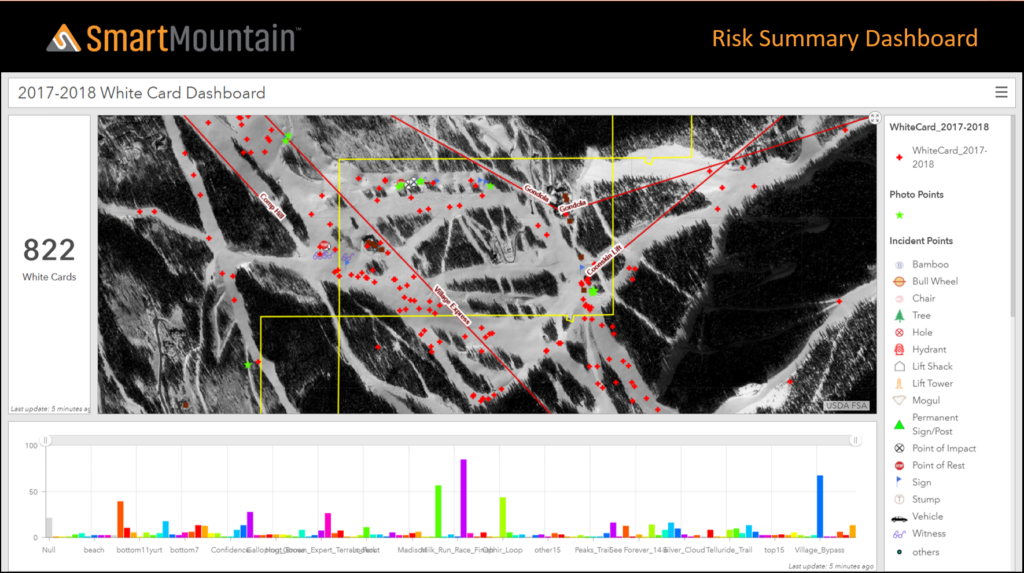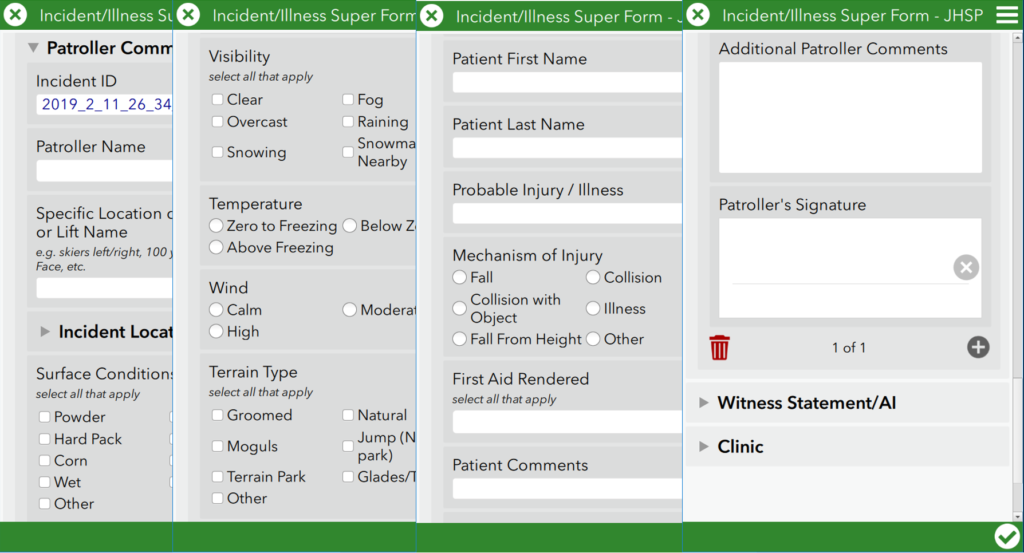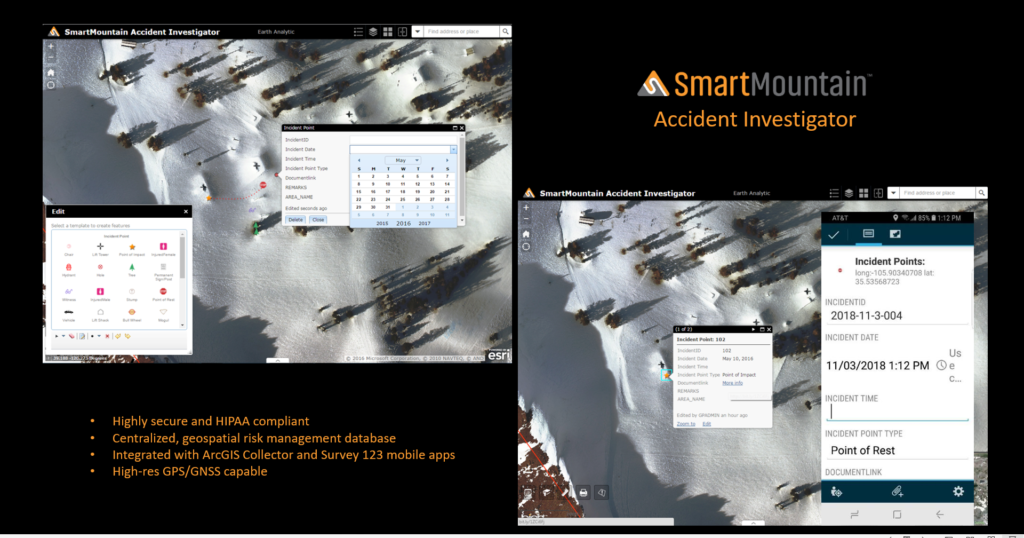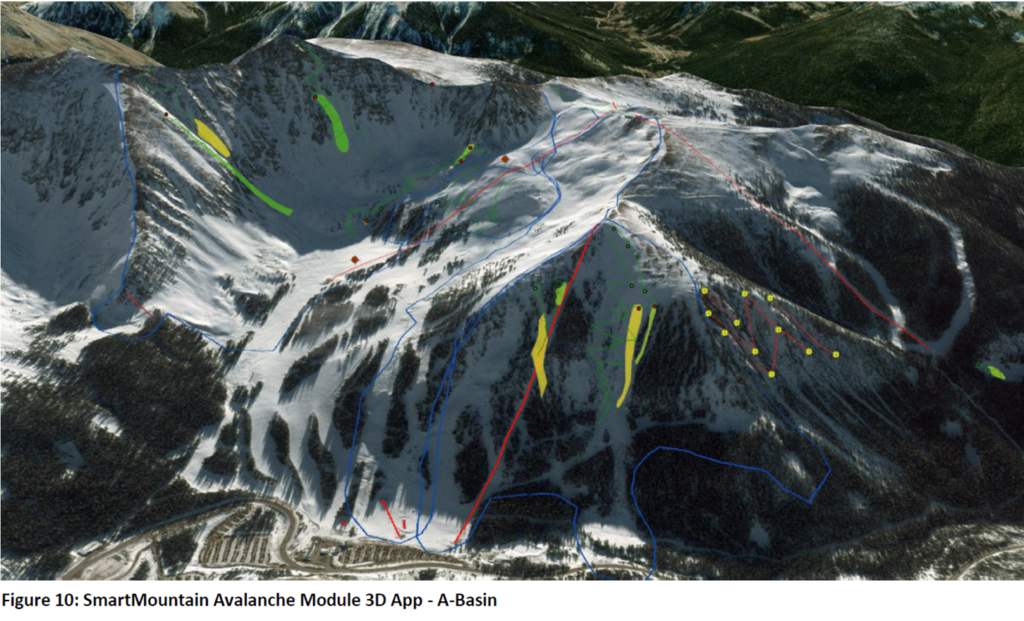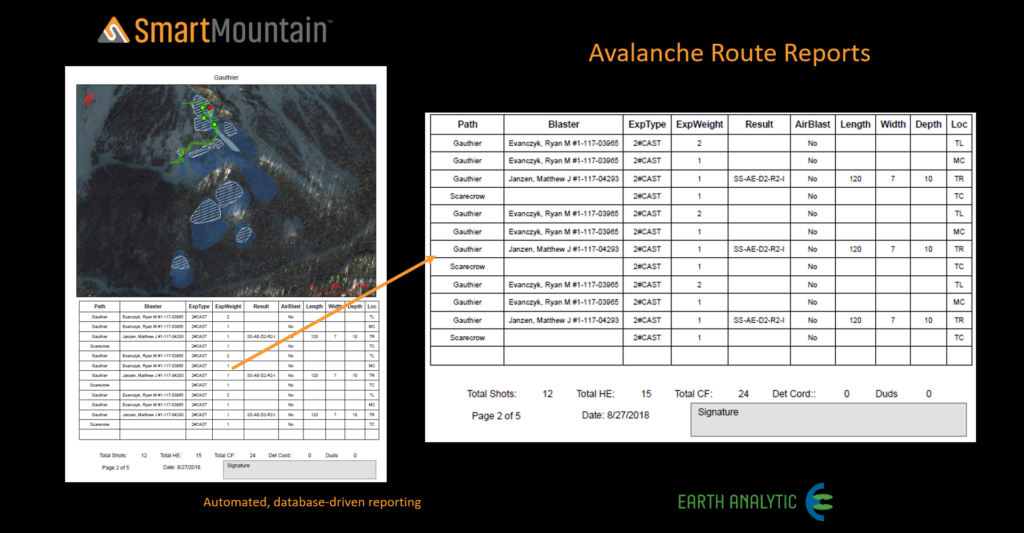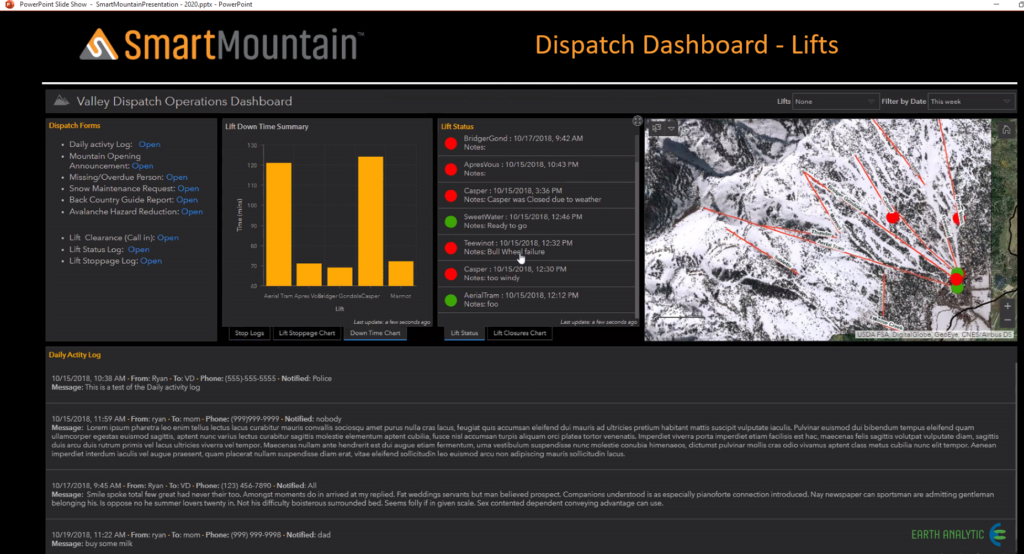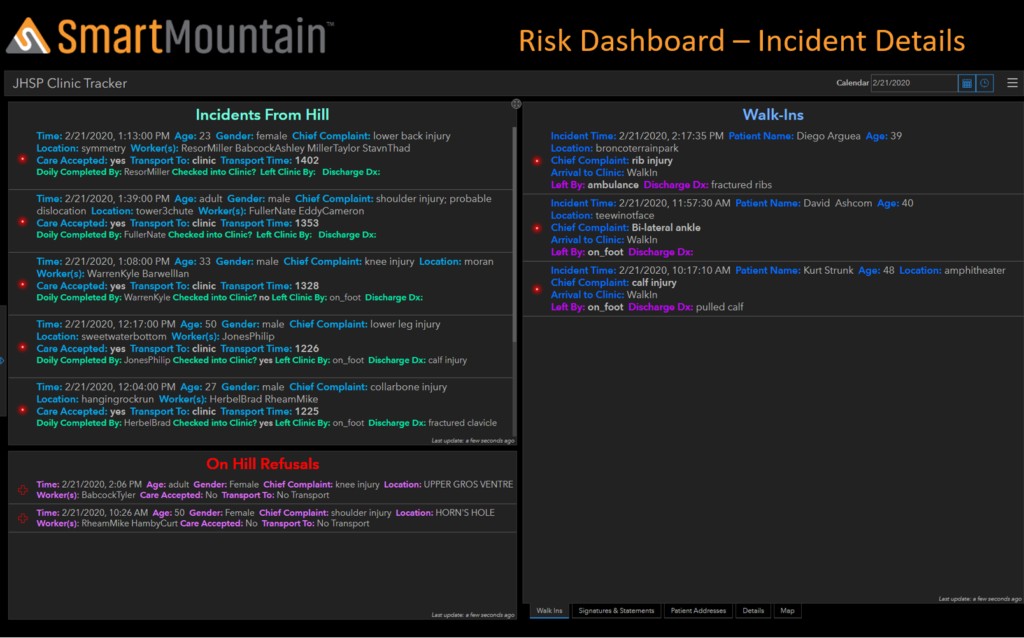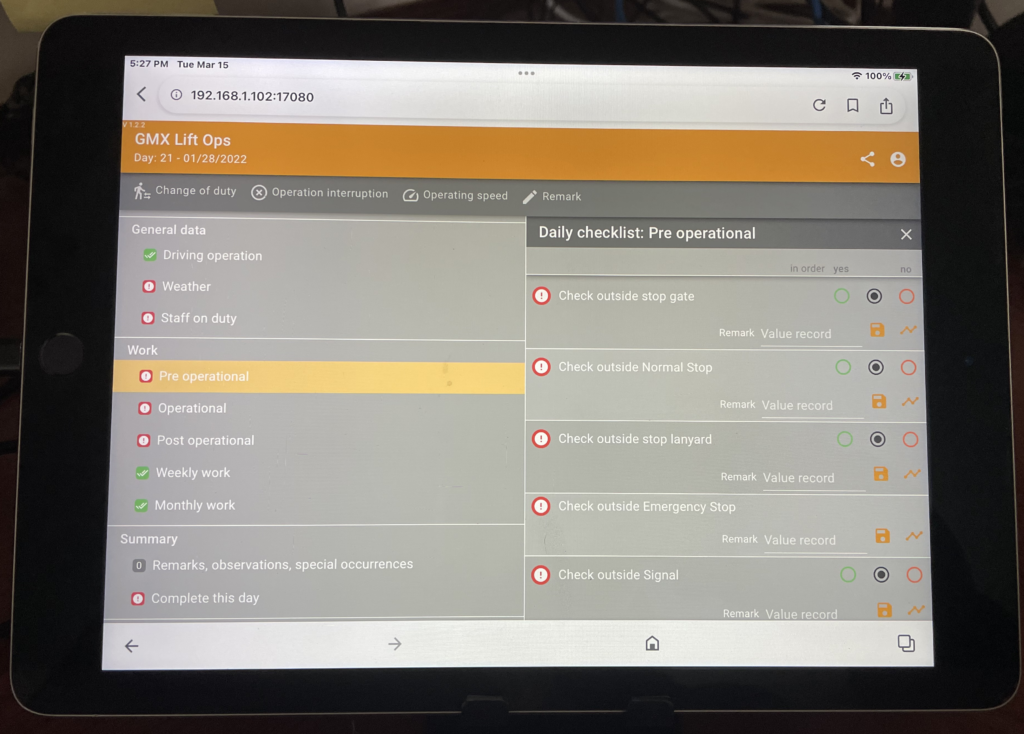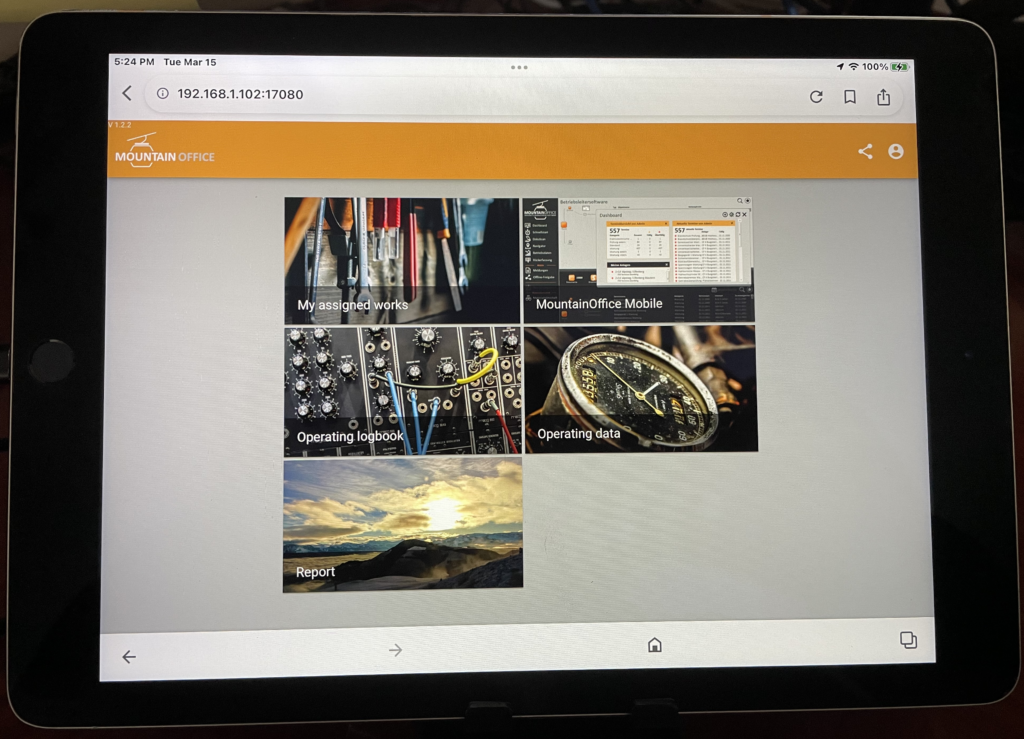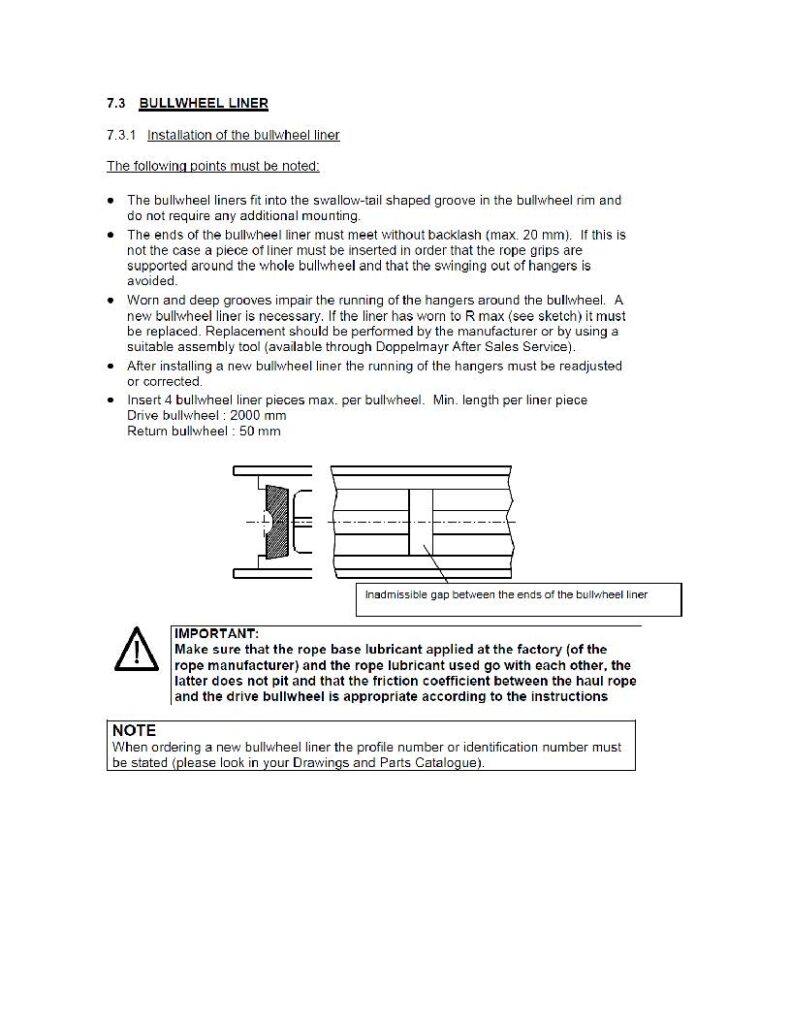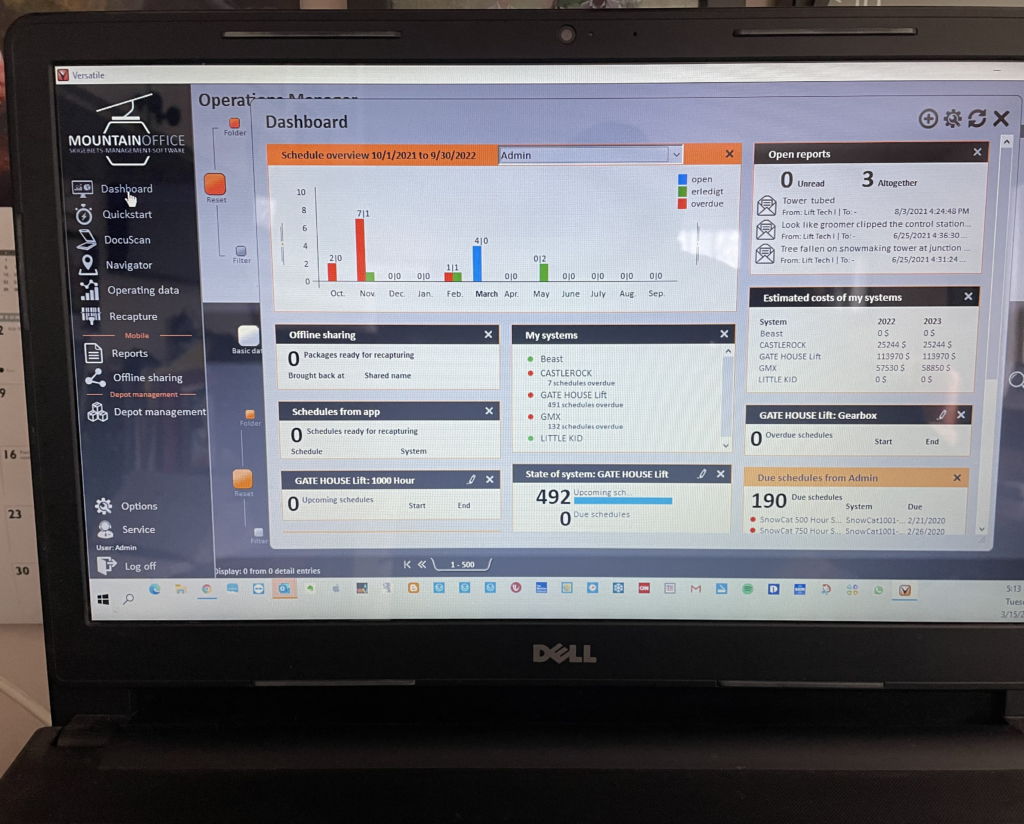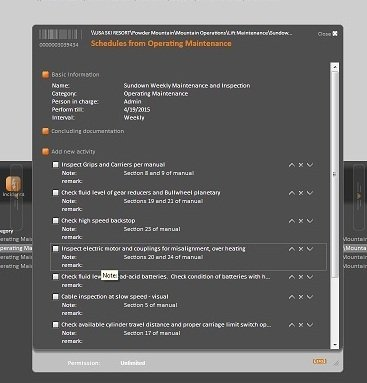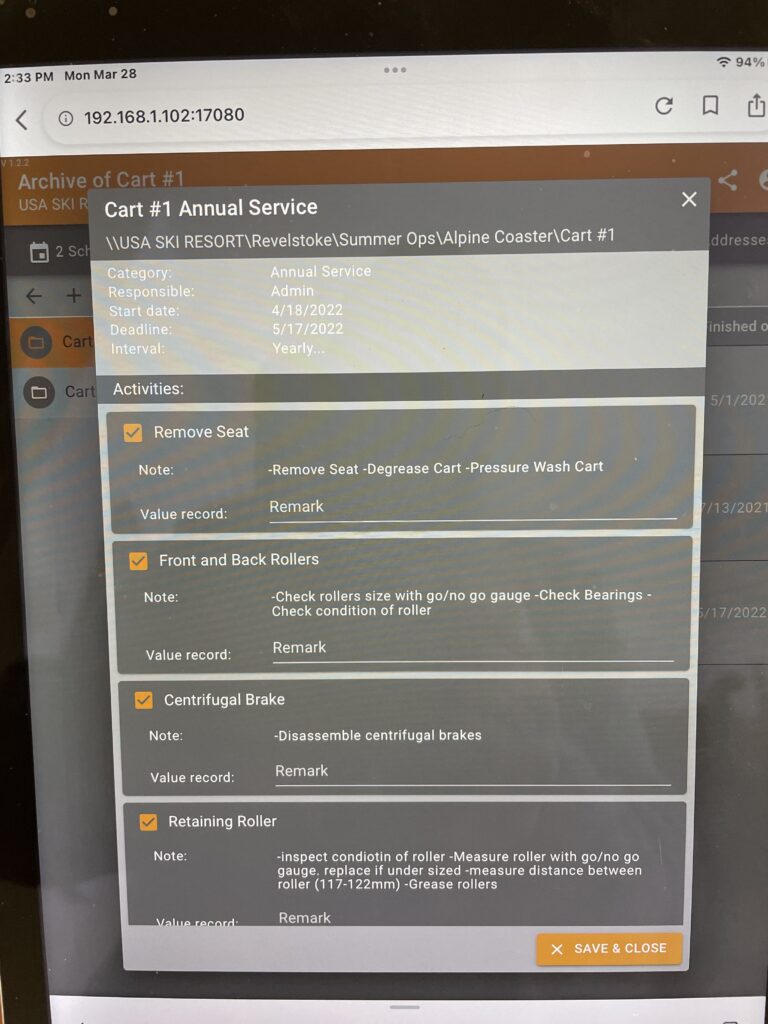Based on Article from SAM archives
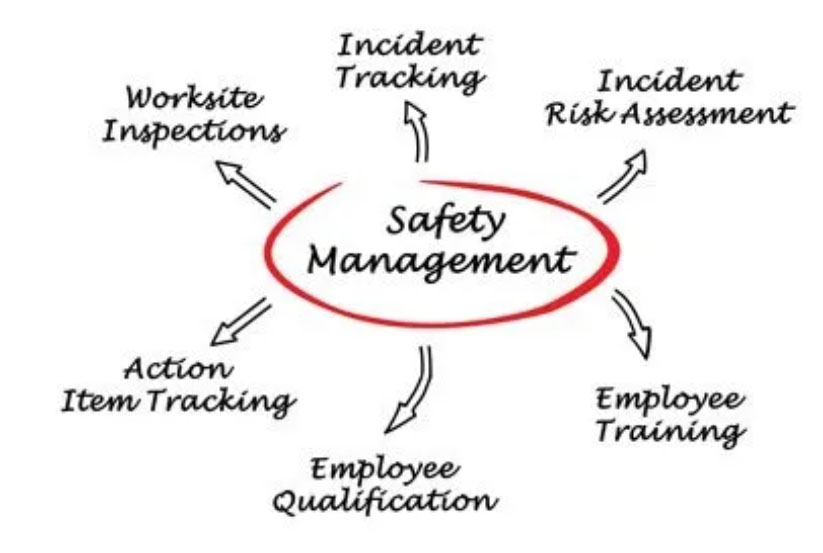
The title says it all. These two stories are so tragic and yet were fully preventable.
Mike Mechanic has done his morning safety check of lift A and found the brake needs adjustment. It is about 20 minutes before opening time, so Mike hurries back to the shop and gets the tools he needs to adjust the brake. The door to the control room is locked, so he figures he can climb into the engine room and quickly fix the switch before the lift staff arrive. But today, the lift staff arrive early. They unlock the control room door and start the lift. Mike gets his hand caught in a rotating part and goes to the hospital instead of home for the day. Mike’s hand is amputated due to his injuries.
Snowmaking circuit 4 had blown fuses the previous night at Resort Mountain. The area’s electrician, Ellen, comes in to work on the troublesome circuit. She arrives in the afternoon before the snowmaking staff has begun to set up for the night. She finds that one of the 480-volt outlets has a bad wire at the outlet box. She returns to the switch-gear that provides power for that outlet and shuts it off. The mountain manager assures her the staff will not be in for another hour, so she has time to repair it without interrupting operations. Supervisor Sam arrives to get operations going and realizes that the power for one of the snowmaking circuits they need that night is shut off. He promptly turns it on. Ellen is electrocuted. (From SAM January 2018 article titled Control Hazardous Energy by Hans W. Hauschild)
It serves to remind us how important safety awareness and mindfulness are to any healthy ski area culture. So how do we make safety the all-important mindset it should be in a ski area where there are seasonal staff, many of whom are on-board for a short term duration?
For me, it starts with the ski area culture. So, what’s culture – some fuzzy talk about touchy feely stuff. No, not at all. Culture encompasses the collective values, beliefs, and principles of the employees within an organization. The values, beliefs, and principles are real, albeit maybe not identified, talked about, or codified but they are real. The hard part is doing just this, talking about values, beliefs, and principles. It doesn’t happen over night, and it has to happen at the top. Leadership has to buy in and lead. And, be mindful that you can’t buy culture, it happens organically. Fancy accouterments such as fozz ball and ping pong tables and heated toilet seats are not the signs of a healthy culture.
It is important to realize a culture exists in the ski area today. It maybe one that has negative impact, it may be one with a neutral impact, or it may be a healthy one providing a positive impact.
The next question is, why is a healthy culture important. I go back to the two stories shared from Hauschild’s article if a strong safety culture where following procedures was a belief, lock out tags would most likely have been in-place in both scenarios. I am happy to give a lesson on the financial cost impacts of incidents such as the two shared, but I am going to assume you all get that point already. The biggest impact of a strong culture is financial in so many ways. Firms like McKinsey, PWC, Deloitte, and others have proved that companies with healthy cultures have out performed those without healthy cultures. I contend that a safe health culture can be the most distinguishing competitive factor in the ski business. There are a few ski areas that have realized this and have achieved financial success via cultural success. They are both large and small ski areas.
Safety is a key element in a healthy culture. Why? First, employees appreciate and feel good that the ski area is concerned about them and look out for their physical well being. Secondly, the engagement with staff over safety is another touch point where managers are engaging positively with staff. And last but not least, a safe workplace has positive financial impacts, reduced premiums, less overtime for covering shifts for injured staff, and less administrative effort.
A healthy culture will take effort for sure, but the end product has significant ROI on that effort with smiling faces, less turnover and more a positive bottom line. So why not set out on the path for a healthy culture?

